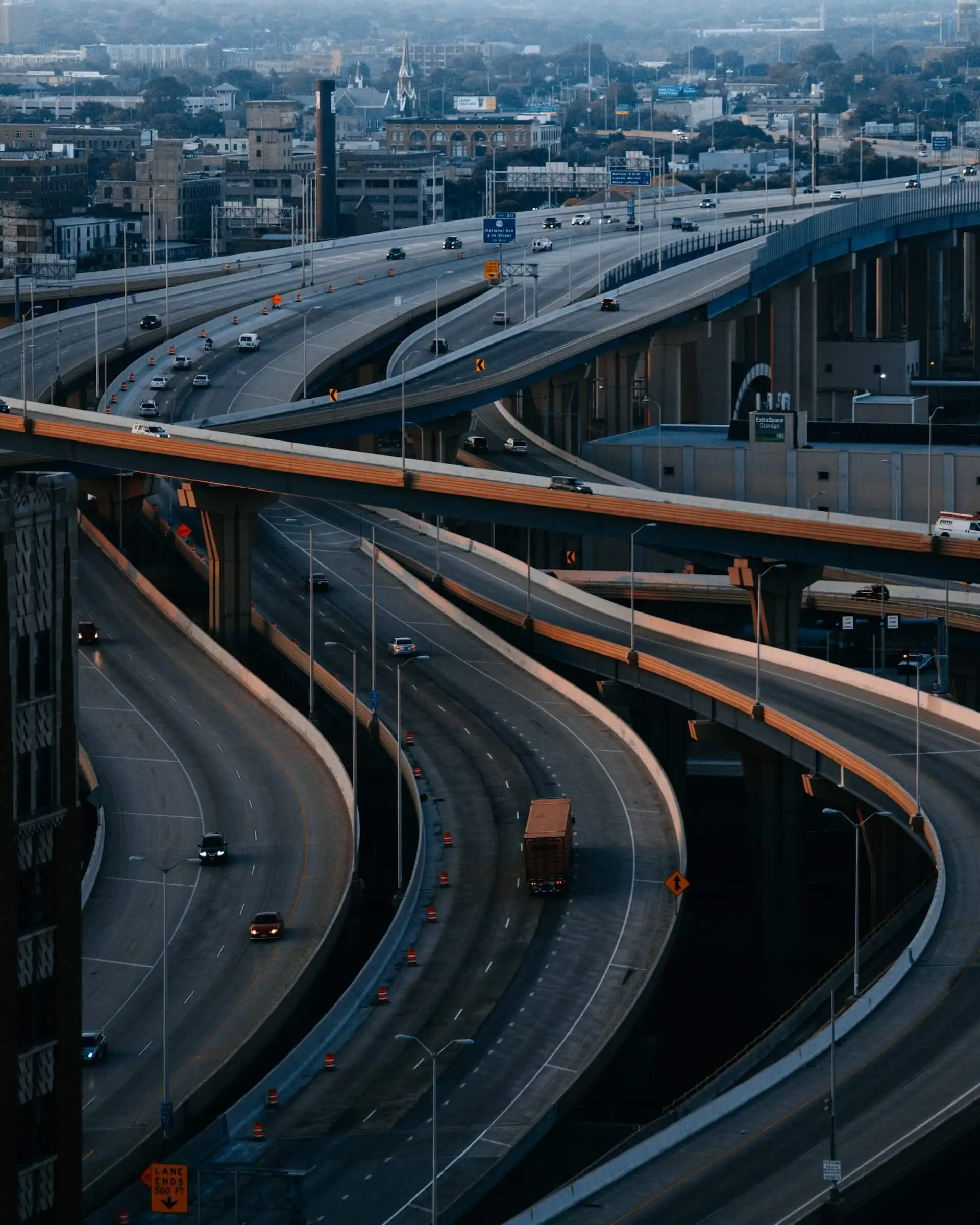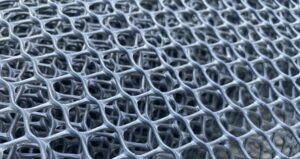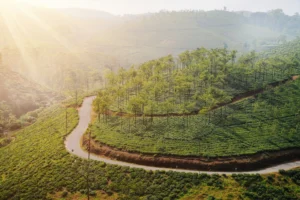Case Study: Chemical Project in West Bengal – Ensuring Safe Containment with Ocean HDPE Liner
Introduction
Chemical industries form the backbone of India’s industrial ecosystem, contributing nearly 7% to the country’s GDP and accounting for over 15% of total manufacturing output (Source: Department of Chemicals & Petrochemicals, Govt. of India). With India emerging as the sixth-largest producer of chemicals globally, the focus on environmental protection and containment safety has grown significantly.
In this case study, we delve into a chemical industry project in West Bengal, where Ocean Non Wovens supplied and installed 1 roll of Ocean HDPE Liner to ensure safe containment of hazardous materials and prevent groundwater contamination.
Project Overview
- Project Type: Chemical Containment and Protection Project
- Location: West Bengal, India
- Product Used: Ocean HDPE Liner
- Quantity Used: 1 Roll
- Purpose: To provide impermeable lining for chemical containment structures, preventing seepage and environmental hazards
The project was initiated to strengthen the facility’s containment infrastructure, ensuring compliance with Central Pollution Control Board (CPCB) guidelines for hazardous waste management under the Hazardous and Other Wastes (Management and Transboundary Movement) Rules, 2016.
Challenges Faced in Chemical Containment Projects
Unlike water reservoirs or landfill applications, chemical containment projects present unique challenges:
- Chemical Reactivity: Many industrial effluents contain acids, alkalis, and organic solvents that can degrade conventional liners over time.
- Thermal Fluctuations: Chemical tanks and lagoons often experience temperature variations between -30°C to 80°C, requiring liners that can withstand both cold and heat without cracking or deforming.
- Permeation Resistance: Even minor permeability can allow toxic compounds to leach into soil or groundwater.
- UV Stability: Outdoor storage tanks require liners with long-term UV resistance, ensuring performance longevity under harsh sunlight.
Ocean Non Wovens addressed these issues through its high-performance HDPE liner, specifically designed to resist chemical attack and provide lasting containment protection.
Solution Implemented – Ocean HDPE Liner
The Ocean HDPE Liner used in this project is a High-Density Polyethylene geomembrane manufactured using virgin-grade polymer resins. It is engineered for superior mechanical and chemical resistance properties.
Key Features:
- Chemical Resistance: Excellent resistance to acids, alkalis, salts, and hydrocarbons
- Tensile Strength: >25 MPa, providing superior durability under load
- Puncture Resistance: High tear resistance to prevent damage during installation
- Low Permeability: Permeability coefficient of <1×10⁻¹⁴ m/s (Source: ASTM D5084 Test Standard)
- UV Resistance: Stabilized with carbon black to ensure long service life under sunlight exposure
- Temperature Range: Performs reliably between -40°C to +85°C
The liner was installed over the containment base to act as an impermeable barrier, effectively isolating the stored chemicals from soil and groundwater.
Technical Insight: Why HDPE Liners Are Crucial in Chemical Storage
Chemical industries often deal with hazardous effluents, including sulphuric acid, caustic soda, and hydrocarbons, which can cause irreversible environmental damage if leaked. A 2022 report by Central Ground Water Board (CGWB) highlighted that nearly 30% of groundwater in industrial zones showed contamination due to poor waste containment practices.
HDPE liners act as the primary line of defense in such settings. Their high molecular density and non-polar structure make them inert to most chemicals, unlike PVC or LLDPE liners which can soften or swell upon prolonged exposure.
Another overlooked factor is chemical diffusion, not just permeability. Even if a liner has low permeability, certain chemicals can diffuse through the polymer structure over time. Ocean Non Wovens addresses this by manufacturing liners with multi-layer extrusion technology, ensuring optimal diffusion resistance and long-term stability.
Installation and Quality Control
The installation process was carried out by Ocean Non Wovens’ in-house team, ensuring strict adherence to ASTM D6392 (Seam Strength Testing) and CPCB installation guidelines.
Installation Steps:
- Surface Preparation: Ensured smooth, debris-free substrate to prevent punctures.
- Unrolling and Placement: 1 roll of HDPE liner was unrolled carefully to avoid folds and creases.
- Welding: Dual hot wedge welding was used for joining seams, ensuring 100% leak-proof bonding.
- Testing: Every seam underwent air pressure testing (ASTM D5820) for quality assurance.
Even though the project required only one roll, the emphasis on precision, quality, and compliance was maintained throughout.
Environmental & Operational Impact
The installation of the HDPE liner has significantly improved the chemical containment system’s reliability, minimizing the risk of soil and groundwater contamination. The facility reported:
- 100% containment efficiency post-installation
- Zero leakage incidents within the first year of operation
- Improved environmental compliance rating under CPCB audit
Such improvements not only protect the environment but also enhance the plant’s operational safety and compliance profile, potentially reducing liability and insurance costs.
Why Ocean HDPE Liner Outperforms Market Alternatives
Many companies tend to overlook aspects like liner thickness uniformity, carbon black dispersion, and resin purity, which can significantly affect performance in chemical projects. Ocean Non Wovens ensures:
- Uniform thickness tolerance of ±2% verified by in-house quality labs
- Use of imported resins with consistent melt flow index
- Automated extrusion lines to eliminate material inconsistencies
- On-site quality assurance support for every project, irrespective of scale
Such attention to detail ensures that even small-scale projects — like this one in West Bengal — receive industrial-grade quality and performance.
Conclusion: Strengthening Chemical Safety with Ocean Non Wovens
The West Bengal Chemical Project showcases Ocean Non Wovens’ commitment to providing high-quality, durable, and environment-safe containment solutions through advanced geosynthetic materials. The Ocean HDPE Liner not only safeguarded the facility’s infrastructure but also contributed to India’s broader environmental sustainability goals.
At Ocean Non Wovens, we believe that every project—no matter how small—plays a role in protecting our planet. Our geosynthetics are trusted by industries across India for their performance, durability, and compliance.



